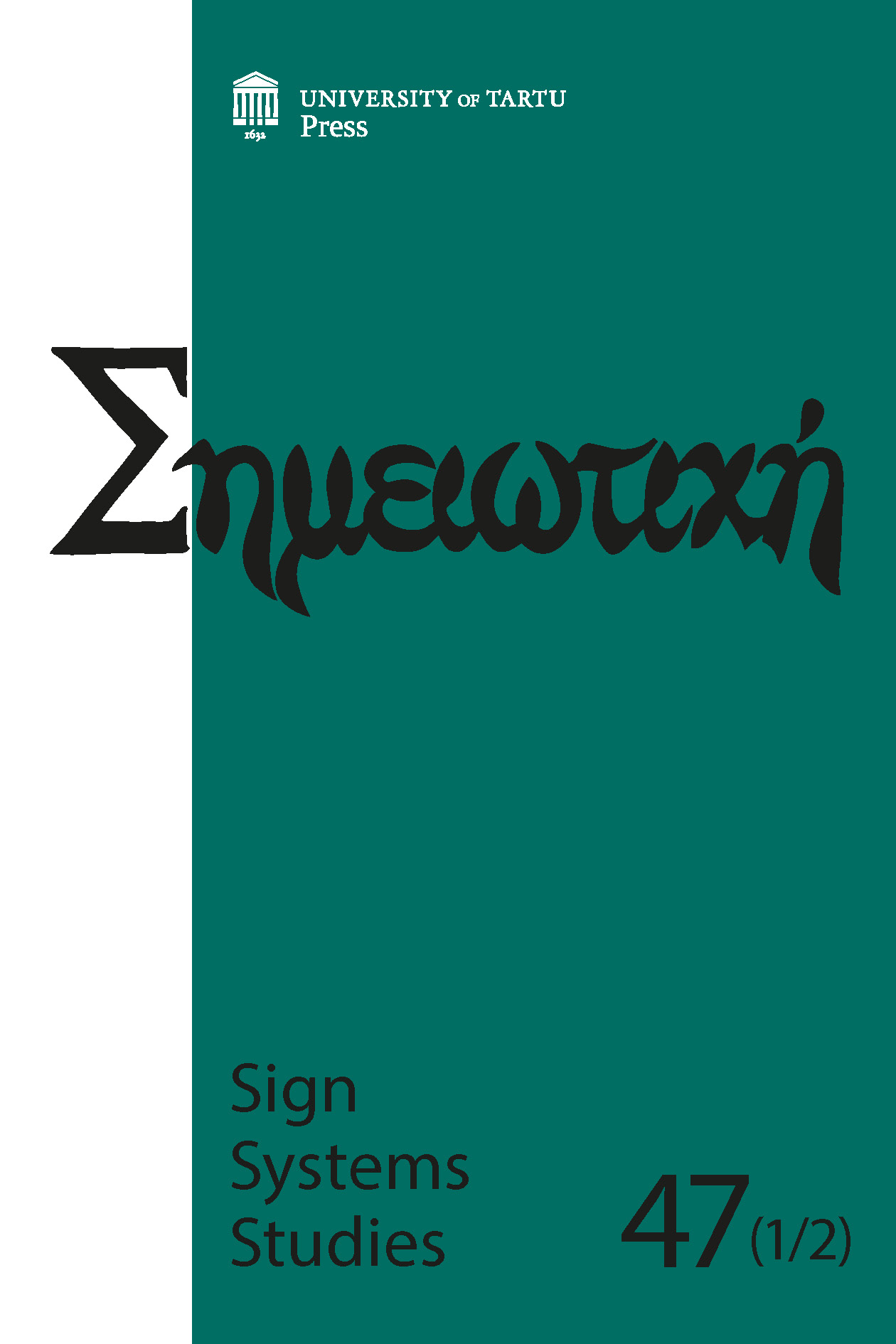Vygotsky’s natural history of signs
DOI:
https://doi.org/10.12697/SSS.2019.47.1-2.10Keywords:
development of symbols, development of sign use, signs as tools, symbolic activity, cognitive developmentAbstract
The paper organizes the topic of signs in Lev Vygotsky’s various writings into a coherent whole in order to study signs’ role in child development. Vygotsky related conventional signs that have their origin in interpersonal communication, and are subject to cultural history taking place over generations during historical time, to psychological functioning of individual human beings. Vygotsky’s “natural history of signs” is the study of how symbolic activity appears and develops. The paper outlines the process of inclusion of symbols within the behaviour of the child and gives an account of various changes in psychological functions and their interrelations that it brings along. In cultural development specifically human forms of behaviour appear, and children’s relationship to social and material environment is changed qualitatively. Vygotsky outlines the formation of sign use and analyses its developmental steps. Vygotsky’s approach explains how the use of various sign systems shapes both the cognitive processes in the person, the child, and the cognitive development as a whole. Vygotsky’s approach to signs is presented within the conceptual framework of its time.Downloads
Download data is not yet available.
Downloads
Published
2019-08-08
How to Cite
Linask, L. (2019). Vygotsky’s natural history of signs. Sign Systems Studies, 47(1/2), 257–304. https://doi.org/10.12697/SSS.2019.47.1-2.10
Issue
Section
Articles


